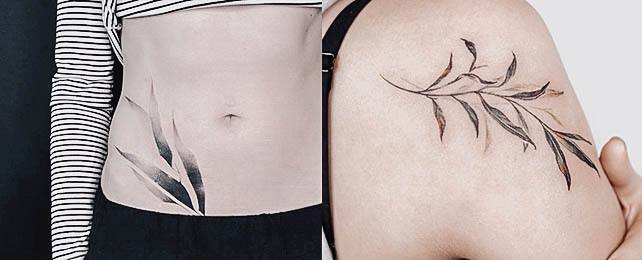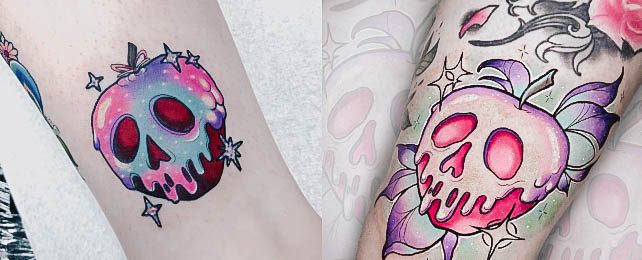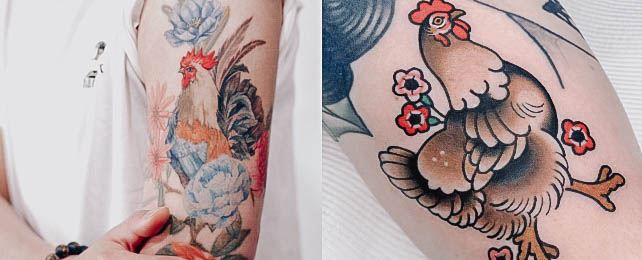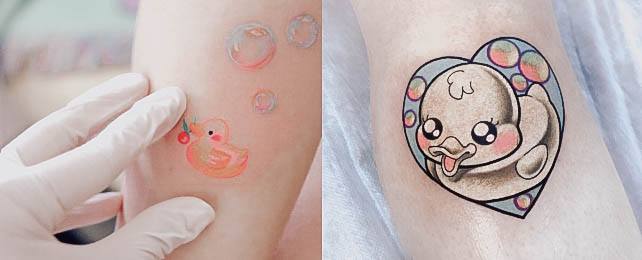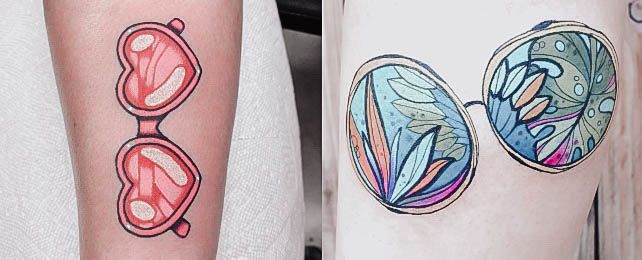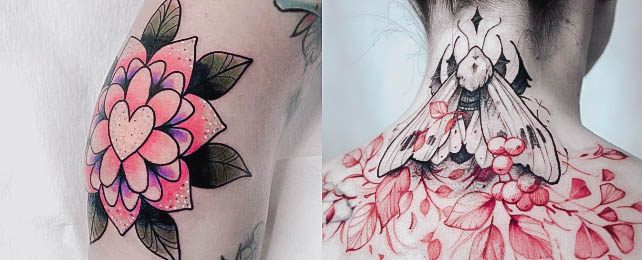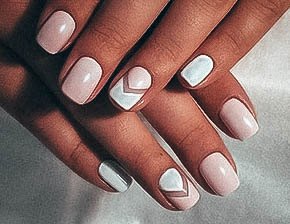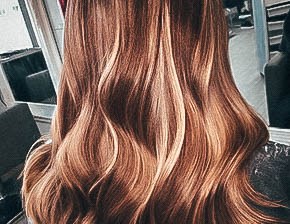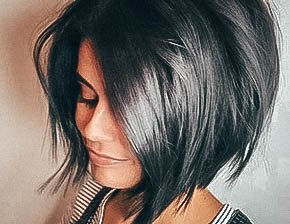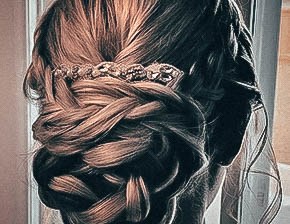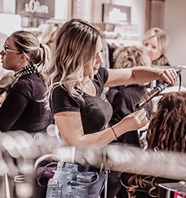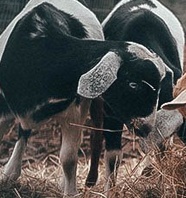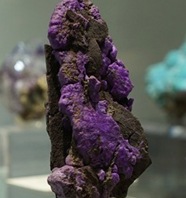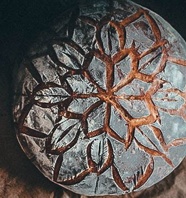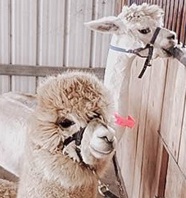The two primary types of gemstones are precious and semi-precious.
Due to their scarcity and superior quality, precious gemstones like diamond, ruby, sapphire, and emerald are considered more valuable.
Except for the colorless diamond, all these gemstones have a beautiful hue and are translucent in their purest state. They are also exceedingly hard. This does not imply that precious gemstones are always more expensive than other stones. Red beryl, jadeite, and taaffeite are some of the most sought-after gemstones in today’s much more complex gemstone market.
Although there isn’t a single grading standard for gemstones, advertising has made it simpler for average consumers to choose the ideal diamond. The four Cs—cut, clarity, color, and carat—can aid non-specialists in evaluating the worth of a diamond by enabling them to distinguish between a large but imperfect stone and a smaller, highly brilliant gem.
Even though we all wish we had millions to spend on diamonds, there is a practical approach to adorning oneself with jewelry. In just a few short years, tattooing has advanced remarkably, and several artists have demonstrated their ability to create realistic gemstones on the skin.
According to the desired appearance, tattoo designs that resemble jewelry can be either feminine or masculine. They are more practical than real jewelry because a tattoo cannot be misplaced, cannot be taken off, and does not irritate the skin like real jewelry may when inferior metals or materials rub against it. The tattoo will certainly require careful planning and healing time, but the permanent jewelry does not require more consideration after application.
Brooch tattoo design idea inspiration:
Setting Metals:
– Gold
– White Gold
– Silver
– PlatinumGemstones:
– Alexandrite
– Alexandrite Cats Eye
– Almandine Garnet (Pyrope)
– Amber
– Amethyst
– Amethyst Cabochon
– Ametrine
– Ammolite
– Andalusite
– Andesine
– Angel Skin Coral
– Apatite
– Apatite Cat’s Eye
– Aquamarine
– Australian Opal
– Aventurine
– Azurite
– Basra Pearls
– Beryl
– Bicolor Sapphire
– Bixbite
– Black Onyx
– Black Opal
– Black Pearls
– Black Spinel
– Black Tourmaline
– Blizzard Stone
– Bloodstone
– Blue Fluorite
– Blue Moonstone
– Blue Opal
– Blue Sapphire (Neelam)
– Blue Spinel
– Blue Topaz
– Blue Tourmaline/Indicolite Tourmaline
– Blue Zircon
– Boulder Opal
– Brazilian Emerald
– Brown Moonstone
– Brown Zircon
– Burmese Ruby
– Burmese Sapphire
– Carnelian
– Cats Eye
– Cats Eye Moonstone
– Cats Eye Opal
– Cats Eye Quartz
– Ceylon Blue Sapphire
– Chrome Diopside
– Chrome Tourmaline
– Chrysoberyl
– Chrysoberyl Cat’s Eye (Lehsunia)
– Chrysocolla
– Citrine (Sunela)
– Colombian Emerald
– Color Change Fluorite
– Color Change Sapphire
– Cornflower Blue Sapphire
– Cubic Zirconia
– Cultured Pearls
– Danburite
– Demantoid Garnet
– Diopside
– Emerald (Panna)
– Ethiopian Emerald
– Ethiopian Opal
– Fire Agate
– Fire Opal
– Fluorite
– Freshwater Pearls
– Garnet
– Glass Filled Ruby
– Golden Sapphire
– Golden Topaz
– Goshenite
– Grandidierite
– Green Amethyst (Prasiolite)
– Green Garnet
– Green Kyanite
– Green Sapphire
– Green Tanzanite
– Green Tourmaline (Verdelite)
– Grey Sapphire
– Heliodor
– Hessonite (Gomed)
– Imperial Topaz
– Indian Emerald
– Indian Ruby
– Indraneelam
– Insignificant Oil Emerald
– Iolite (Neeli)
– Iranian Turquoise (Irani Feroza)
– Jade
– Jade Nephrite
– Jadeite
– Japanese Red Coral
– Jasper
– Kashmir Blue Sapphire
– Keshi Pearls
– Khooni Neelam
– Kunzite
– Kyanite
– Labradorite
– Lapis Lazuli
– Lavender Quartz
– Lemon Quartz
– London Blue Topaz
– Malachite
– Mandarin Garnet
– Mexican Fire Opal
– Mocha Scapolite
– Mogok Ruby
– Moldavite
– Moonstone
– Morganite
– Moss Agate
– Mozambique Ruby
– Natural Pearls
– Navratna
– Neon Apatite
– No Oil Emerald
– Obsidian
– Onyx (Chalcedony)
– Opal
– Orange Kyanite
– Orange Sapphire
– Padparadscha Sapphire
– Pakistan Emerald/Swat Emerald
– Panjshir Emerald
– Paraiba Tourmaline
– Peach Morganite
– Peach Sapphire
– Peacock Tanzanite
– Pearl (Moti)
– Peridot
– Persian Turquoise
– Petalite
– Petrified Wood
– Pigeon Blood Ruby
– Pink Coral
– Pink Fluorite
– Pink Morganite
– Pink Opal
– Pink Sapphire
– Pink Spinel
– Pink Topaz
– Pink Tourmaline
– Pitambari Neelam
– Prehnite
– Purple Garnet
– Purple Sapphire
– Rainbow Fluorite
– Rainbow Moonstone
– Red Coral (Moonga)
– Red Spinel
– Red Tourmaline
– Red Zircon
– Rhodochrosite
– Rhodonite
– Rose Quartz
– Royal Blue Sapphire
– Rubellite
– Ruby (Manik)
– Ruby Cabochon
– Russian Alexandrite
– Russian Emerald
– Rutilated Quartz
– Sang-E-Maryam
– Sapphire
– Schorl Tourmaline
– Serpentine
– Sillimanite Cats Eye
– Sky Blue Topaz
– Smoky Quartz
– Sodalite
– South Sea Pearls
– Spectrolite
– Spessartite
– Spinel
– Sri Lanka Moonstone
– Star Garnet
– Star Ruby
– Star Sapphire
– Sunstone
– Swiss Blue Topaz
– Taaffeite
– Tahitian Pearls
– Tanzania Ruby
– Tanzanite (My favorite purple gemstone)
– Teal Sapphire
– Tibetian Turquoise
– Tiger Eye
– Titanite
– Topaz
– Tourmaline
– Trapiche Emerald
– Tsavorite
– Turquoise (Firoza)
– Violet Sapphire
– Vivid Green Emerald
– Watermelon Tourmaline
– White Coral
– White Opal
– White Sapphire
– White Topaz
– White Zircon
– Yellow Beryl
– Yellow Fluorite
– Yellow Sapphire – Pukhraj
– Yellow Topaz
– Yellow Zircon
– Zambian Emerald
– ZirconOther elegant elements to consider:
– Diamonds
– Natural Pearls
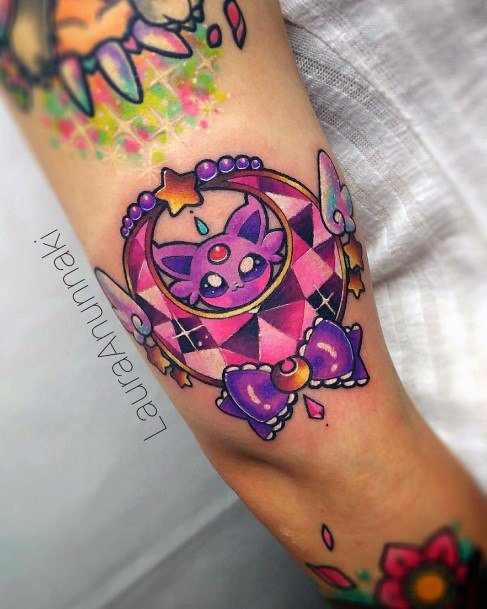
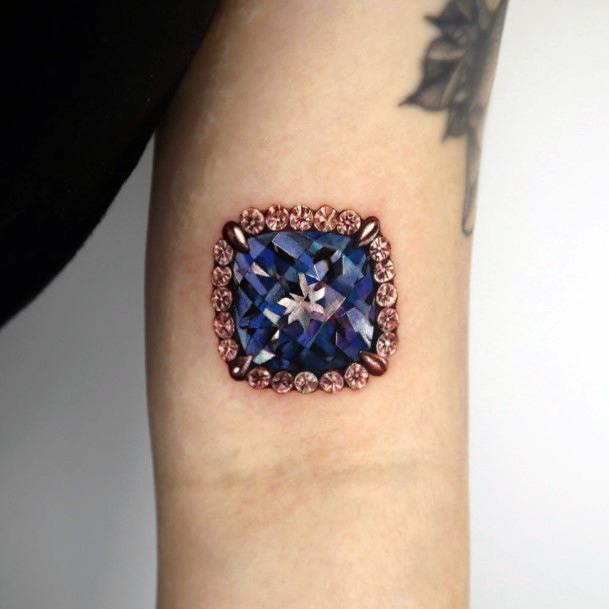
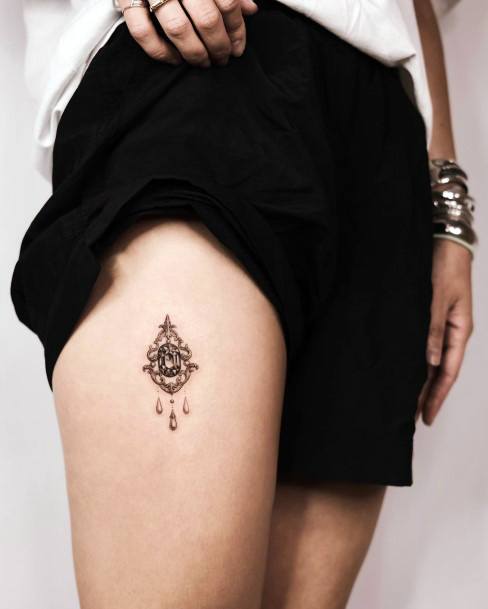
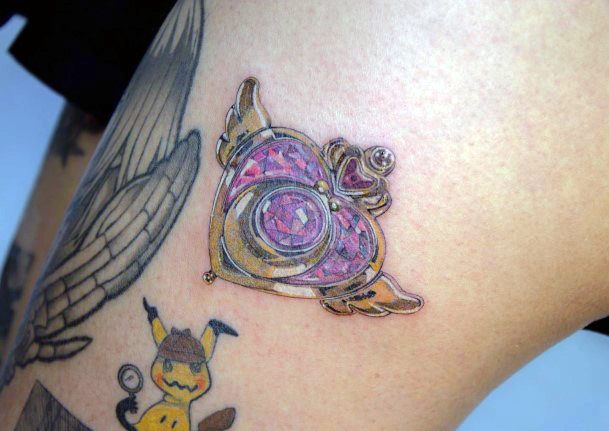

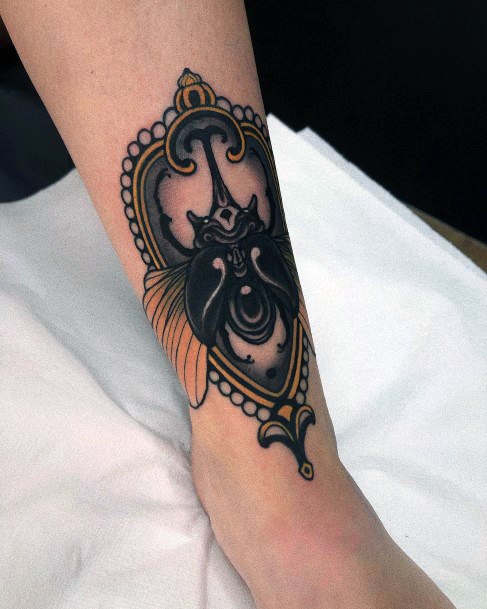
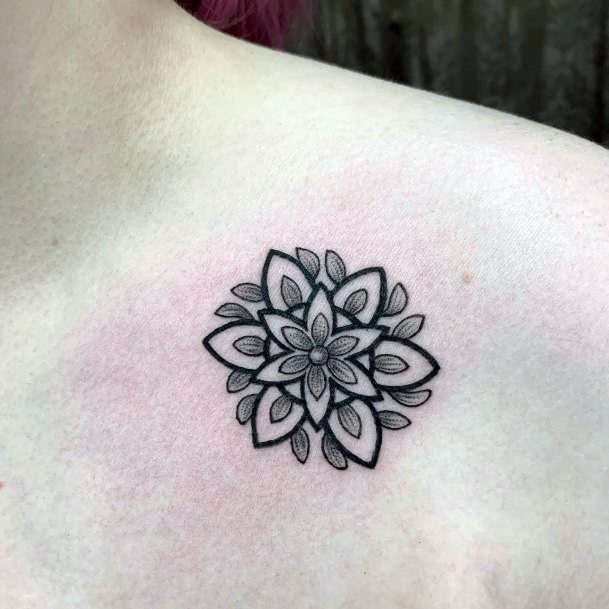
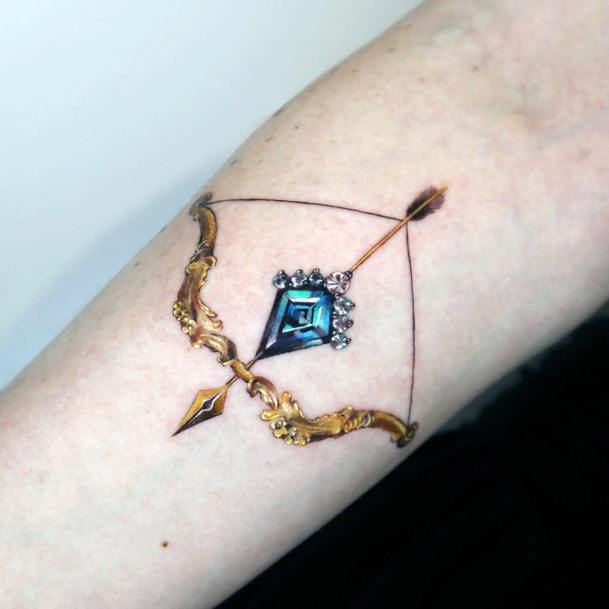
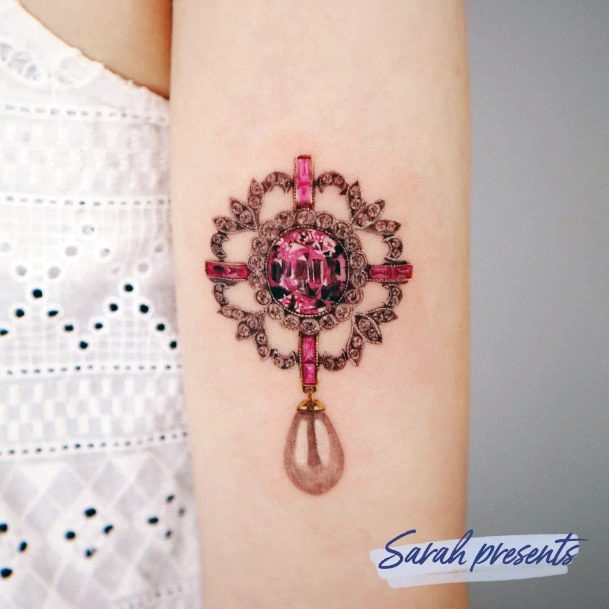

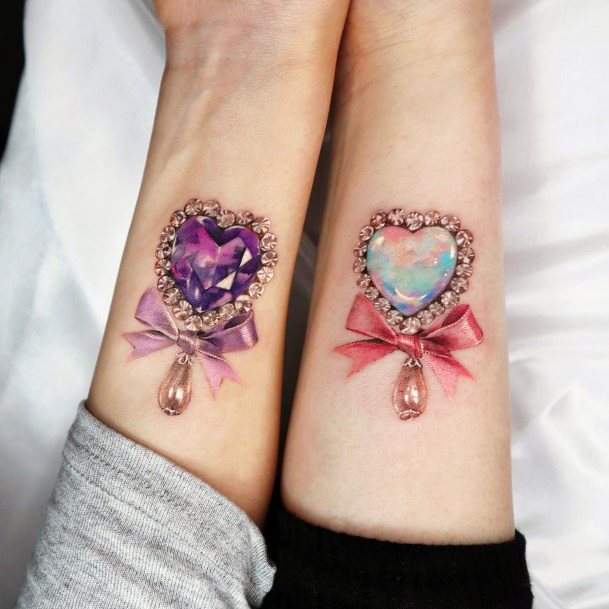
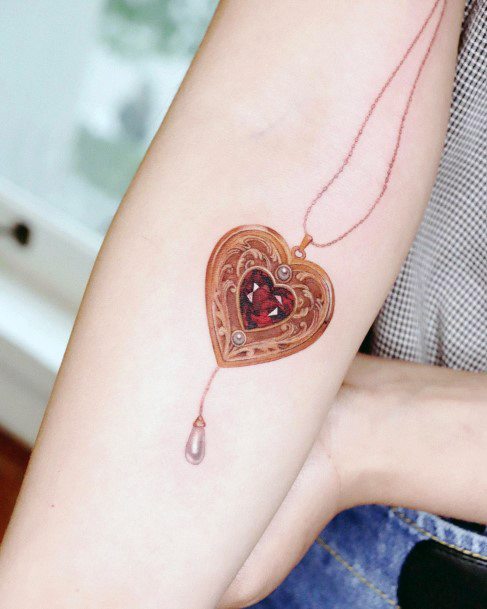

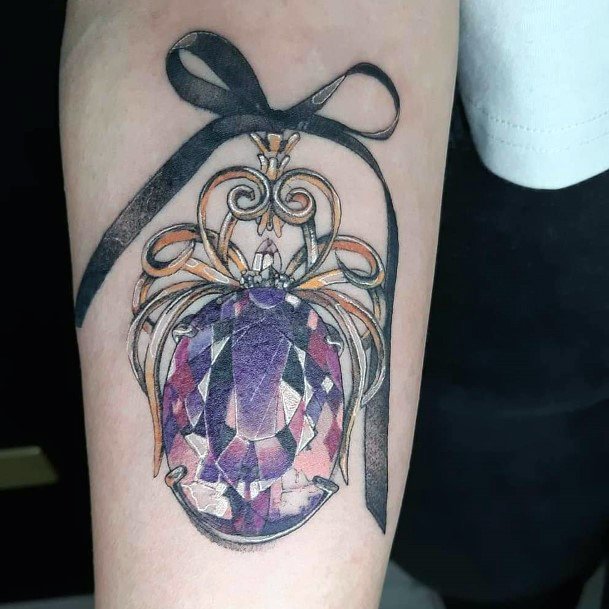

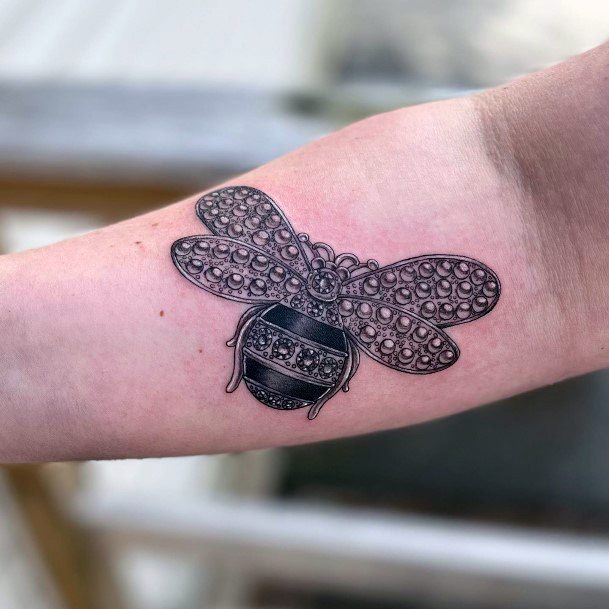
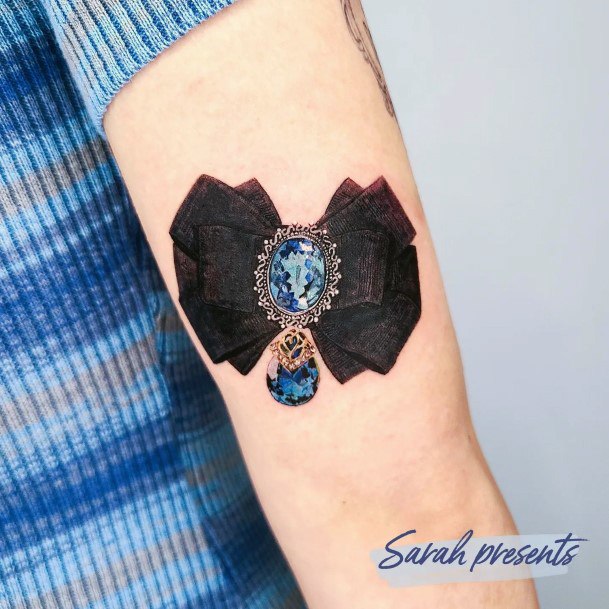

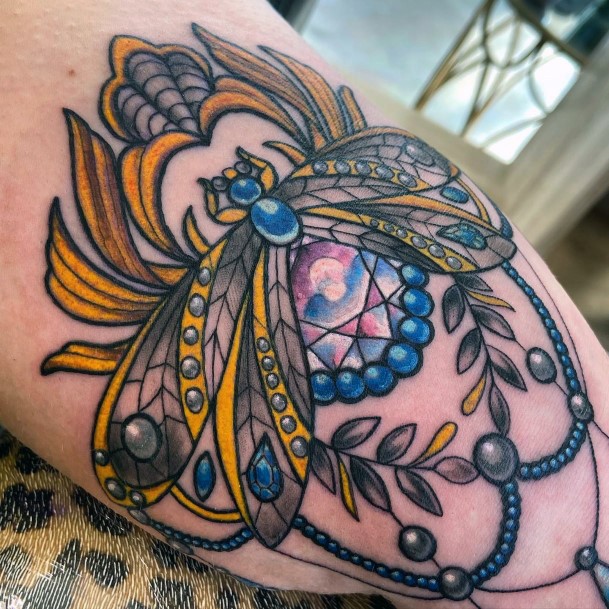

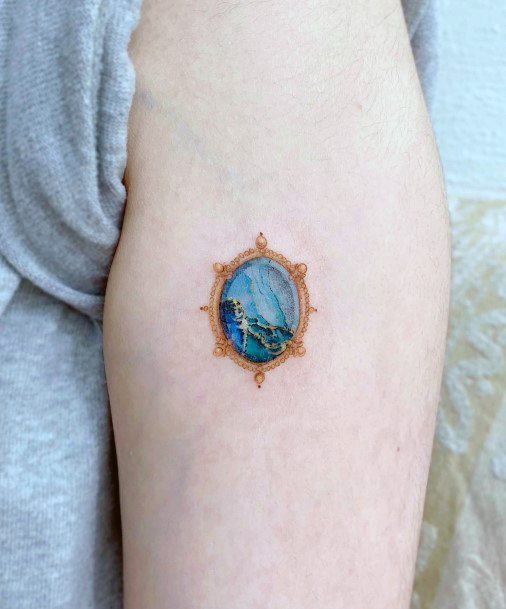
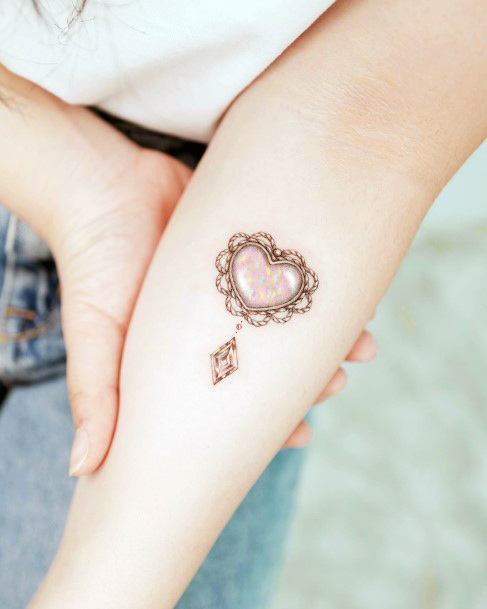

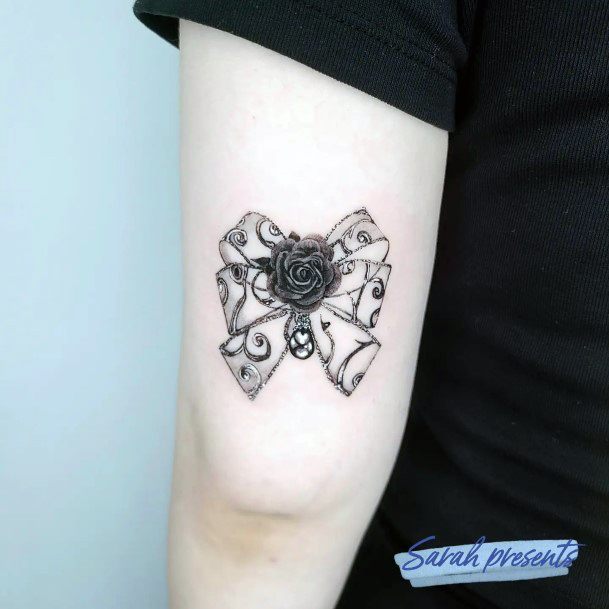
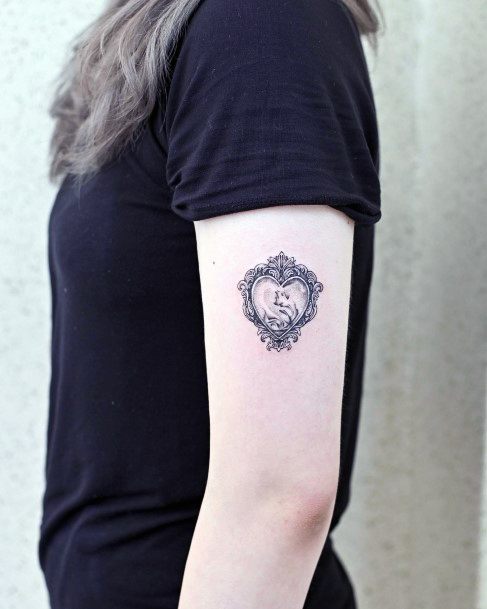

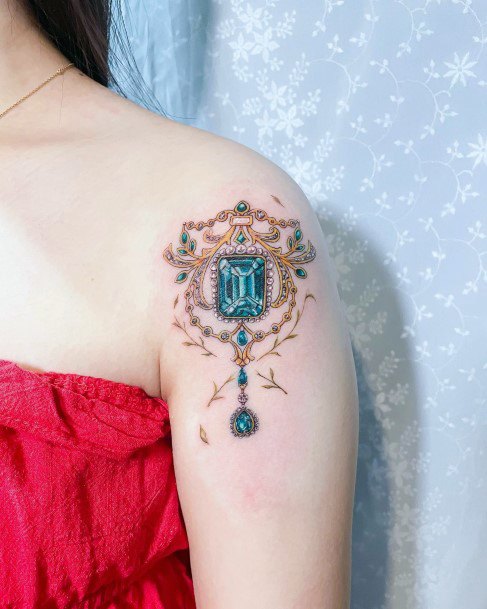
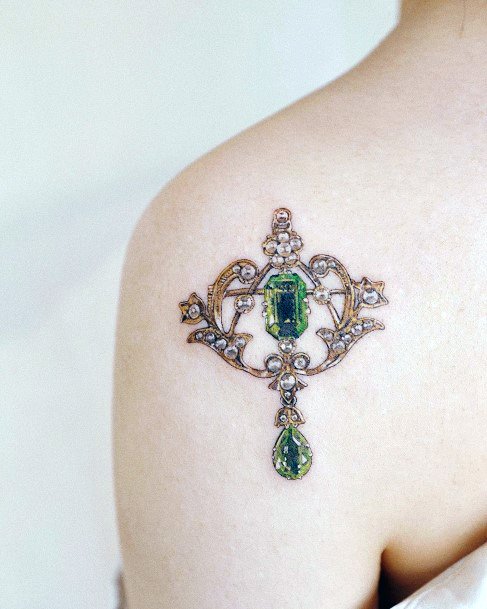
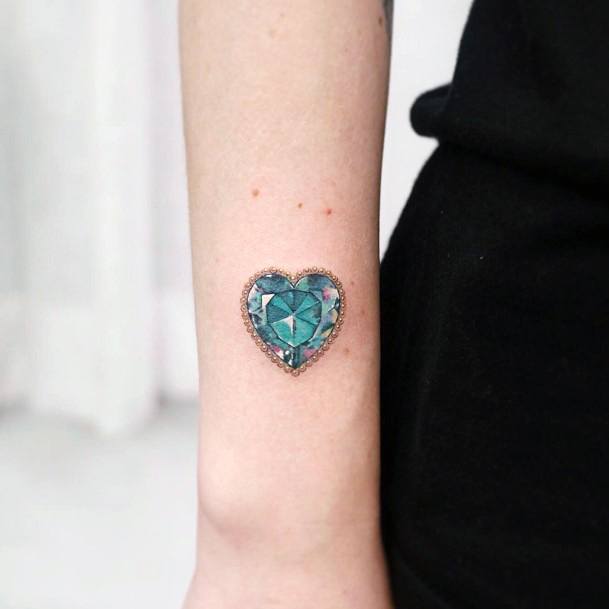

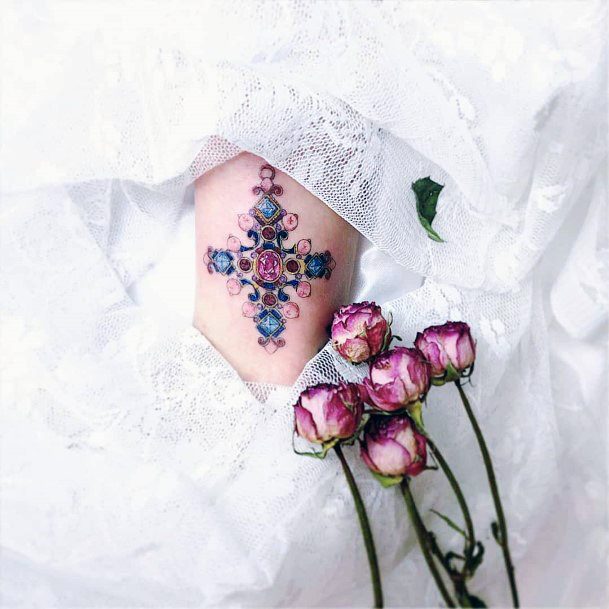
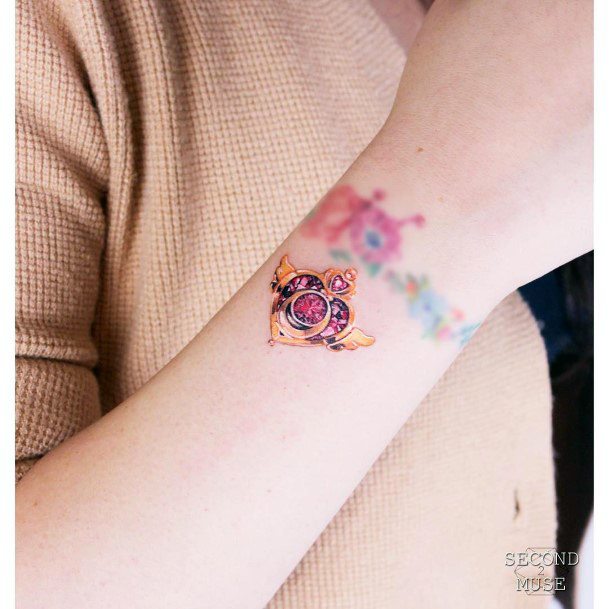
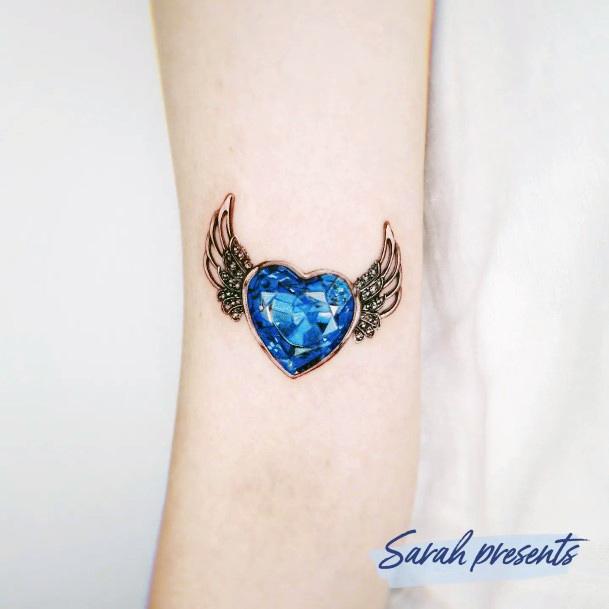
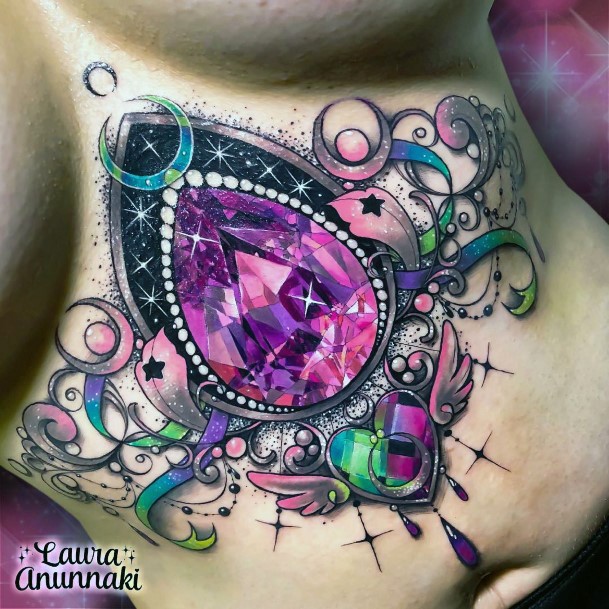
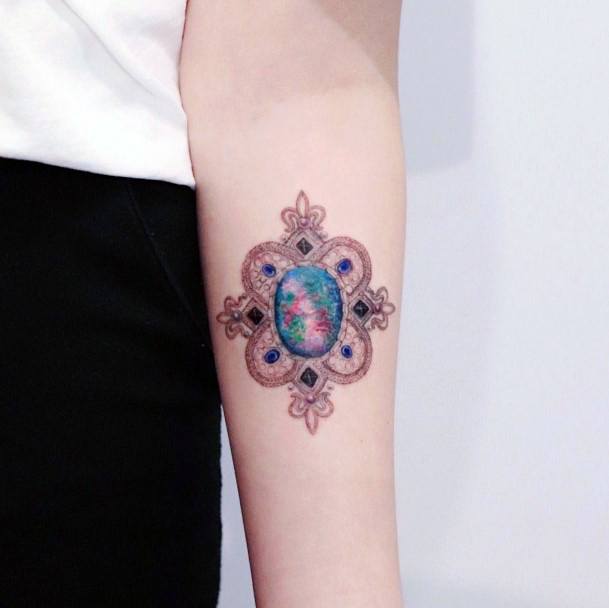

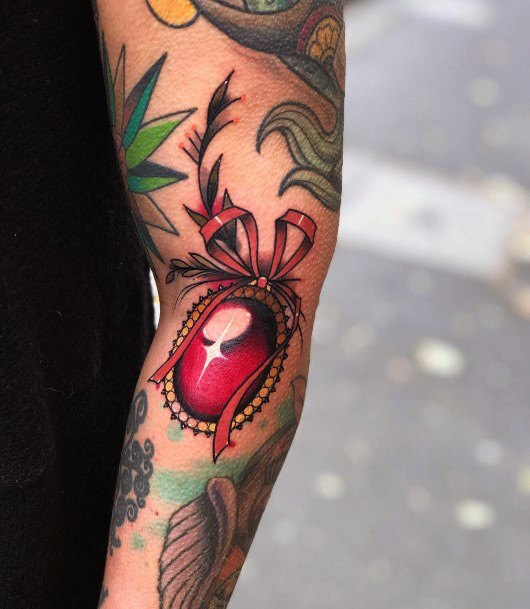
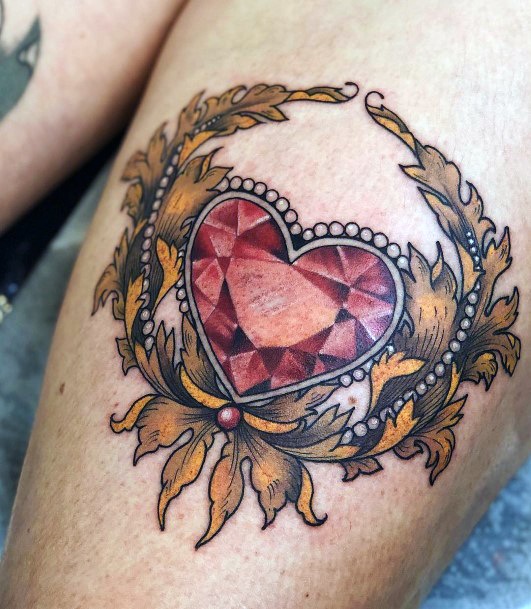

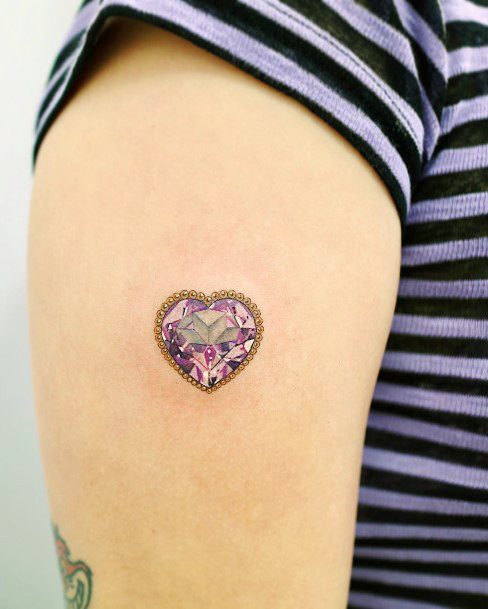
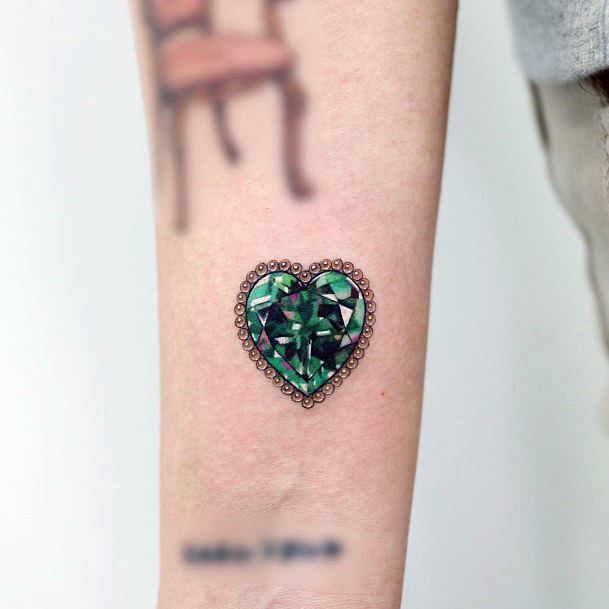
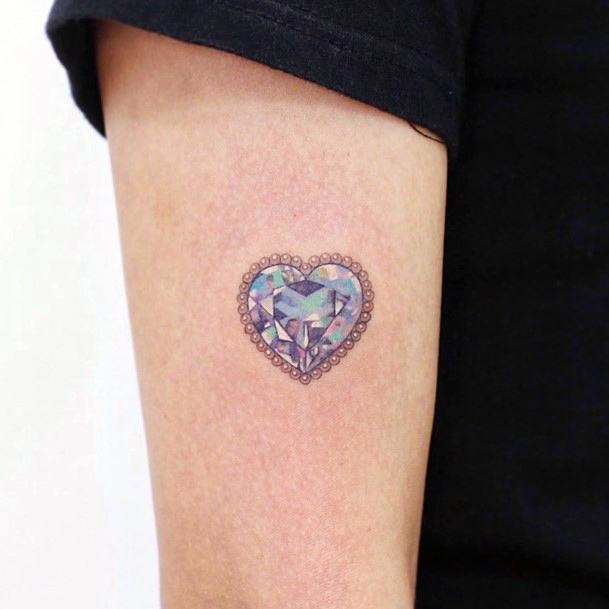
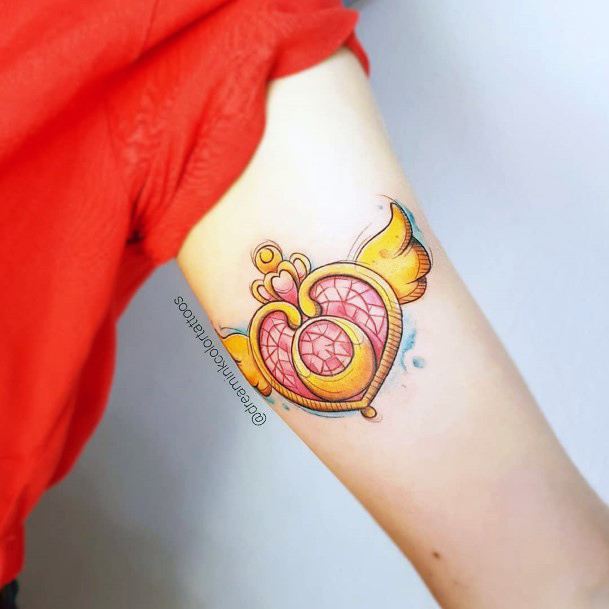
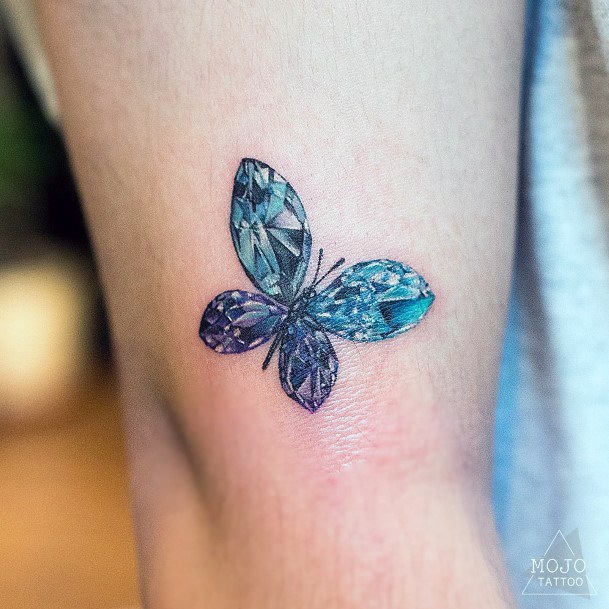
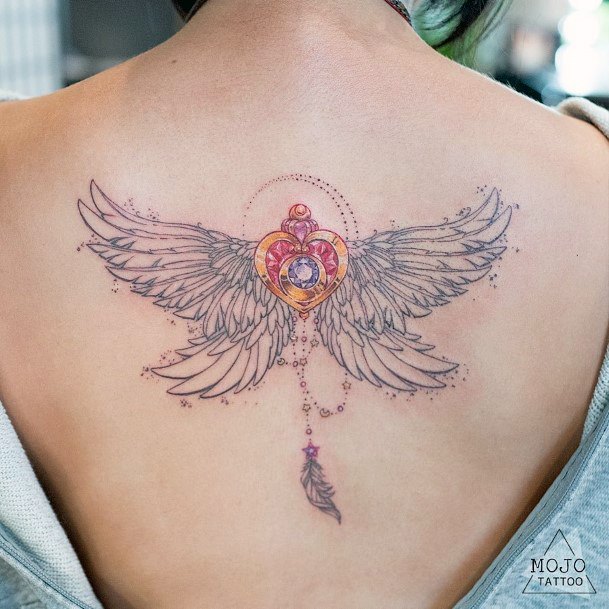
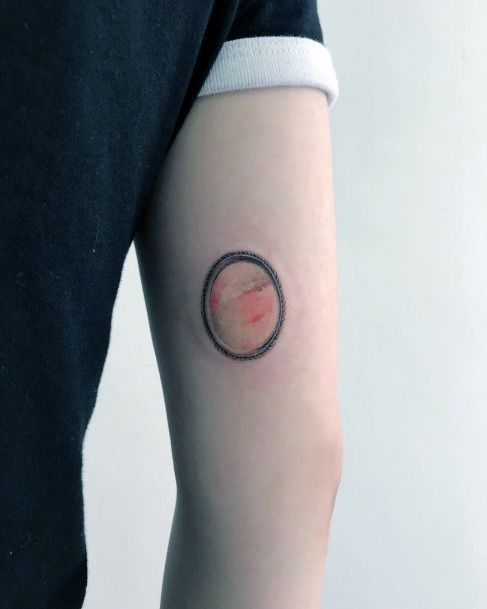
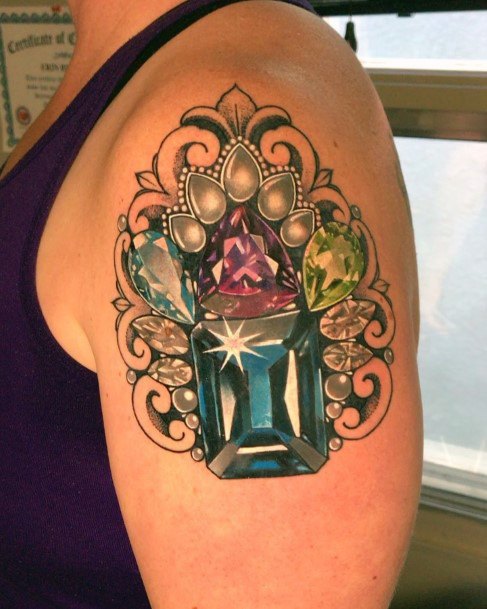

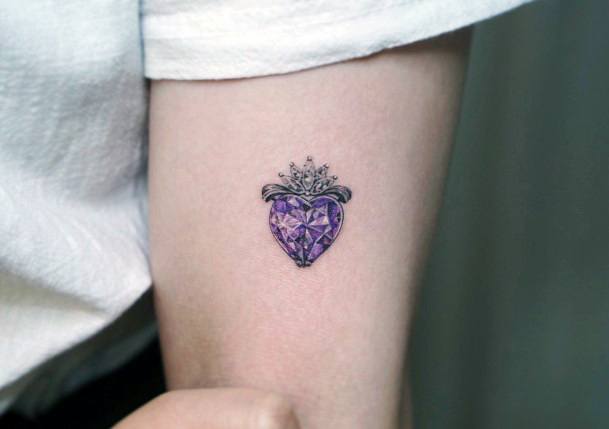
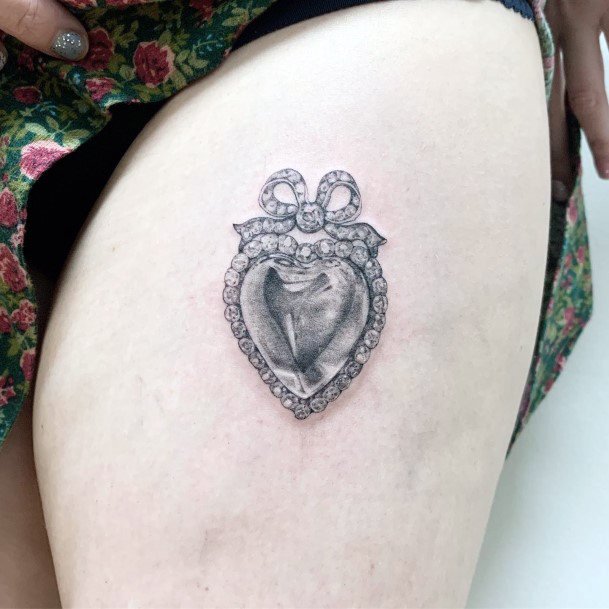

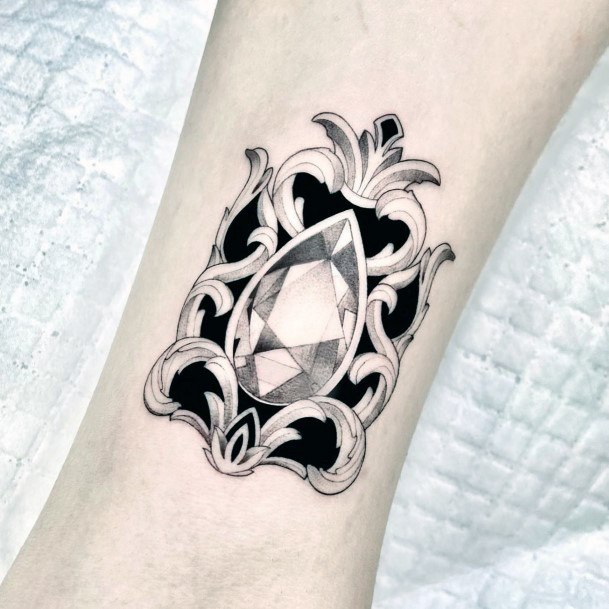
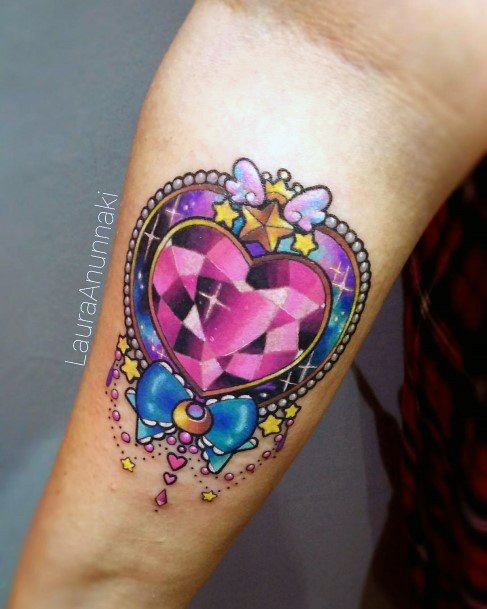
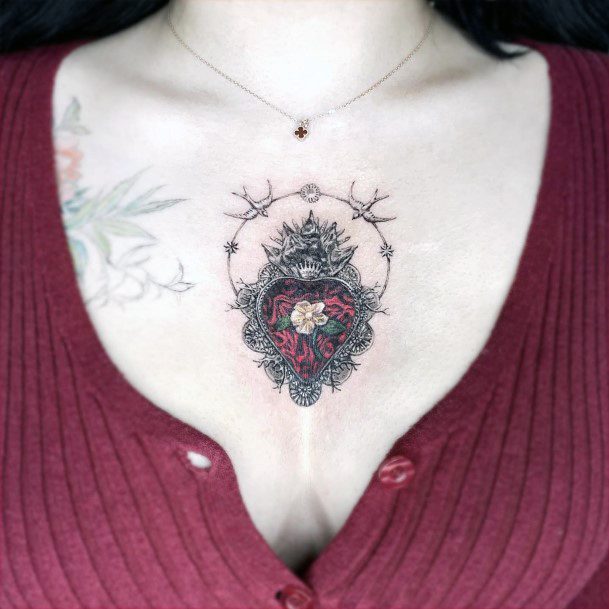
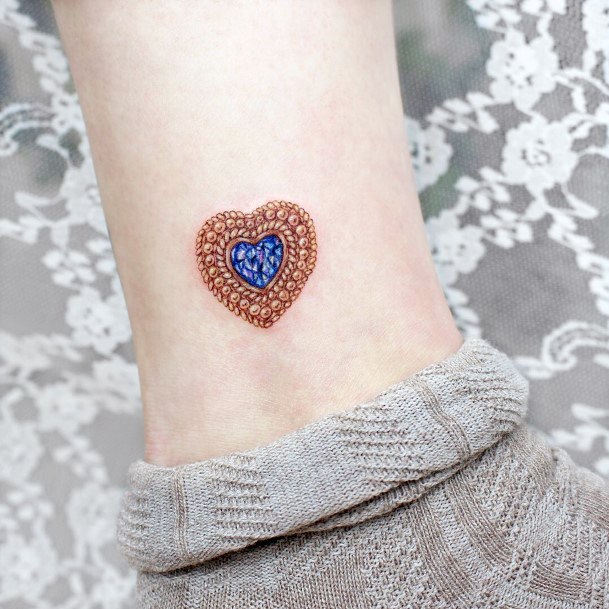
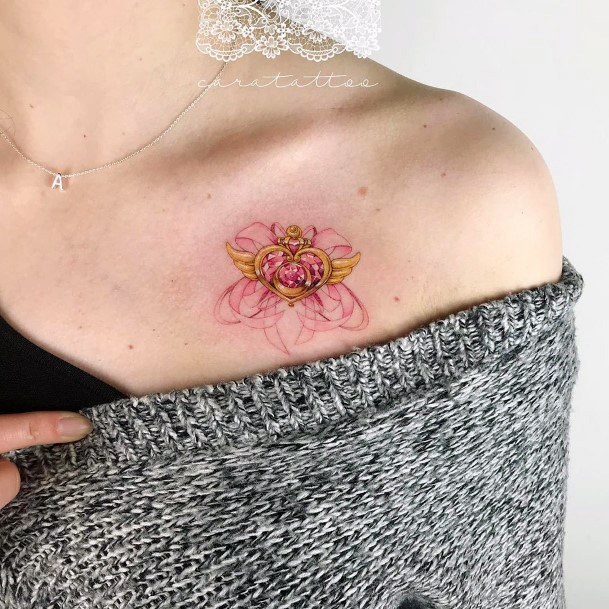
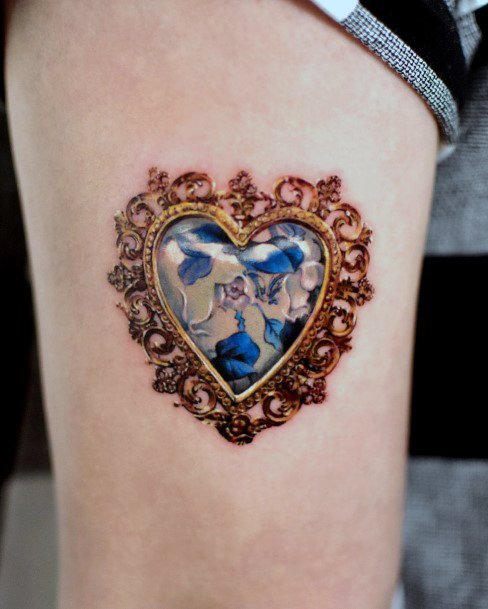
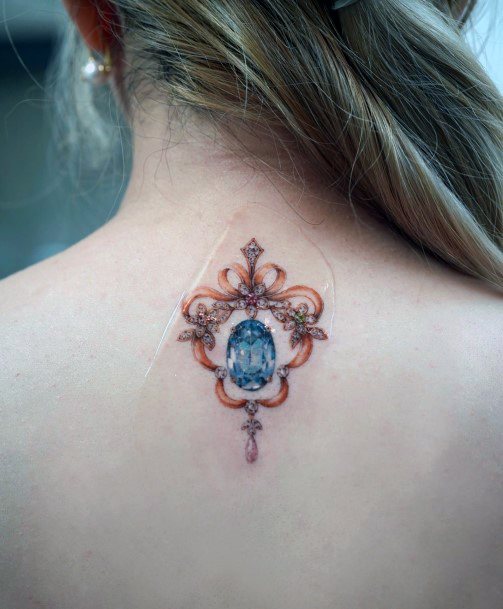
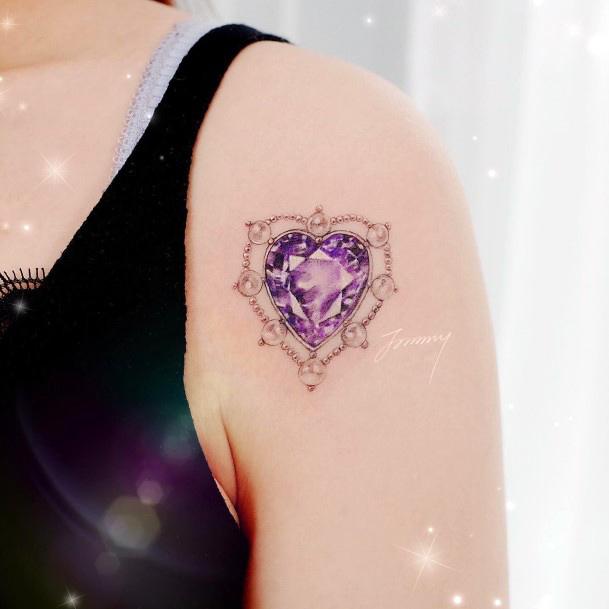
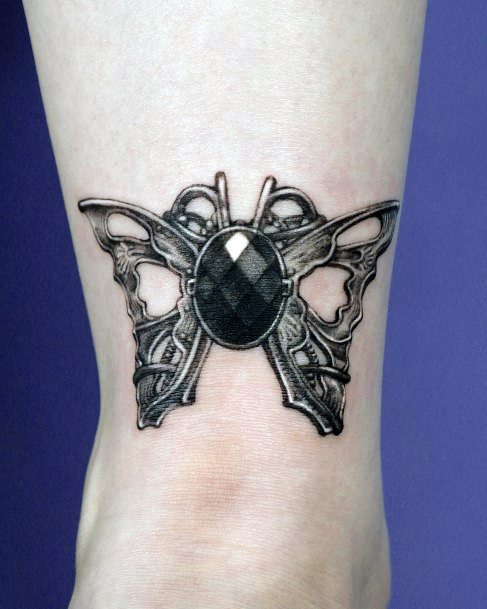
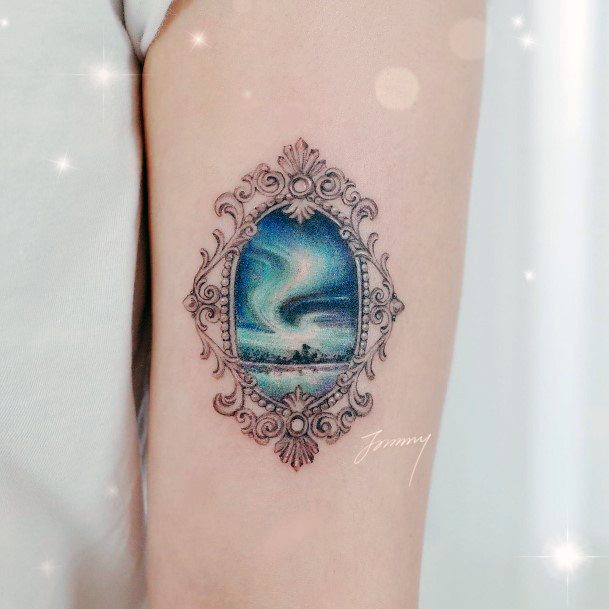
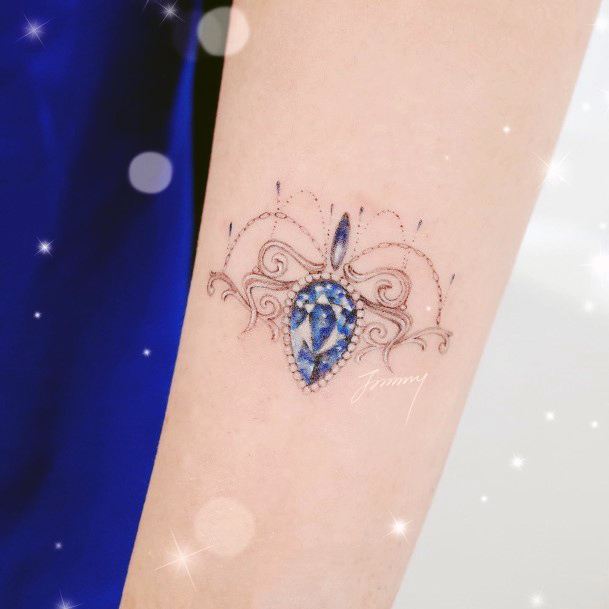
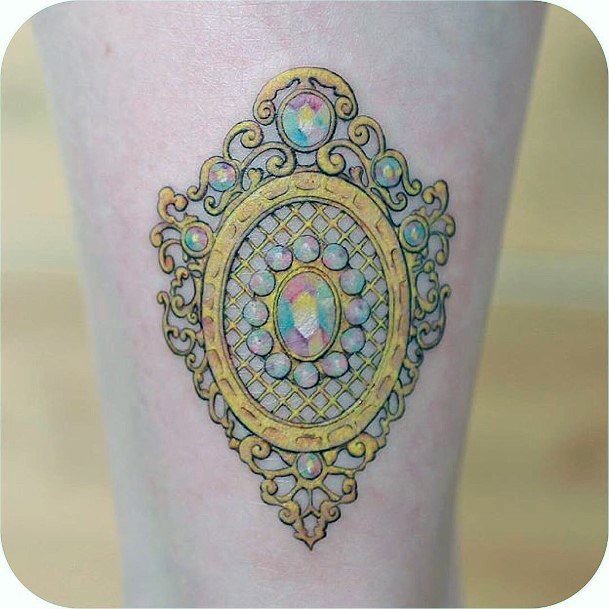


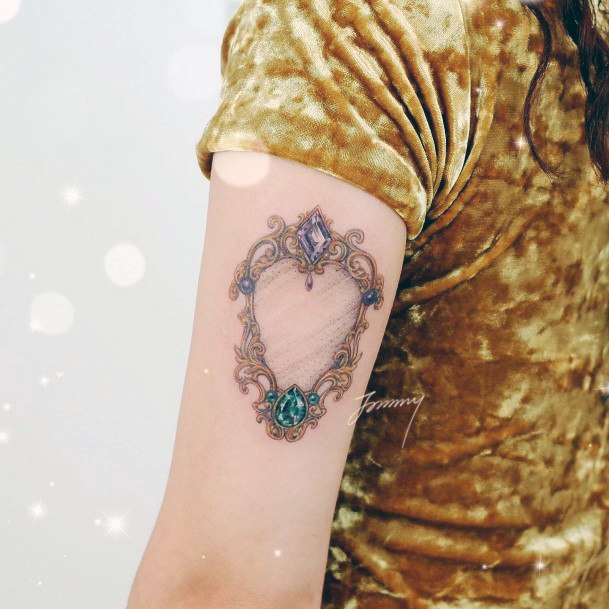
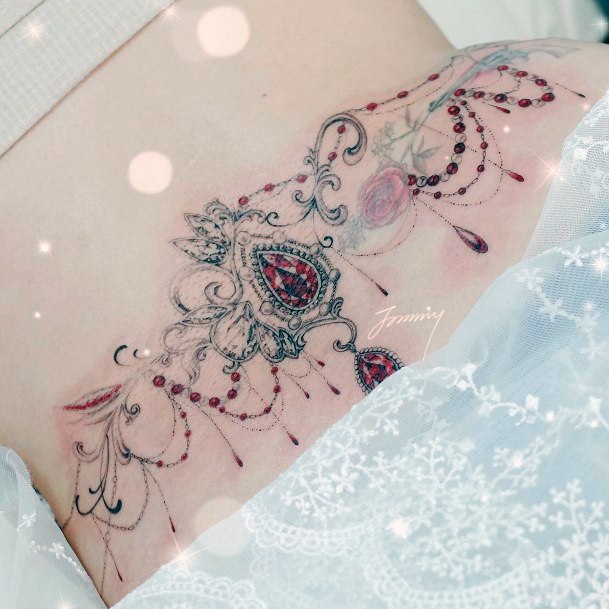

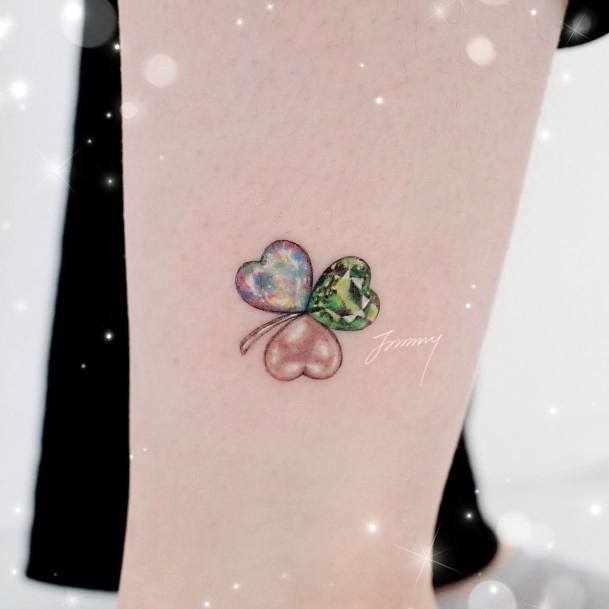
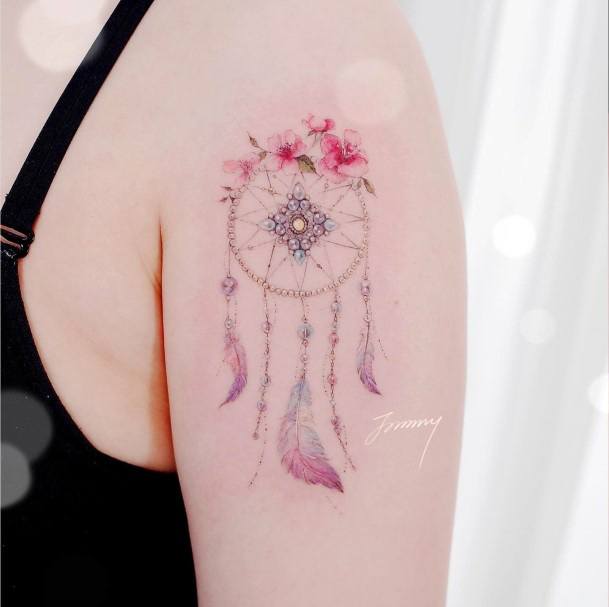
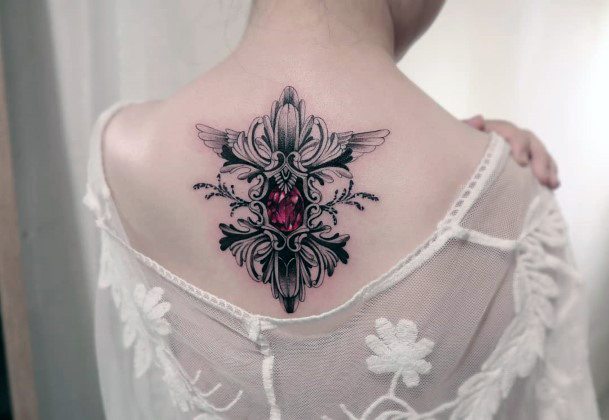
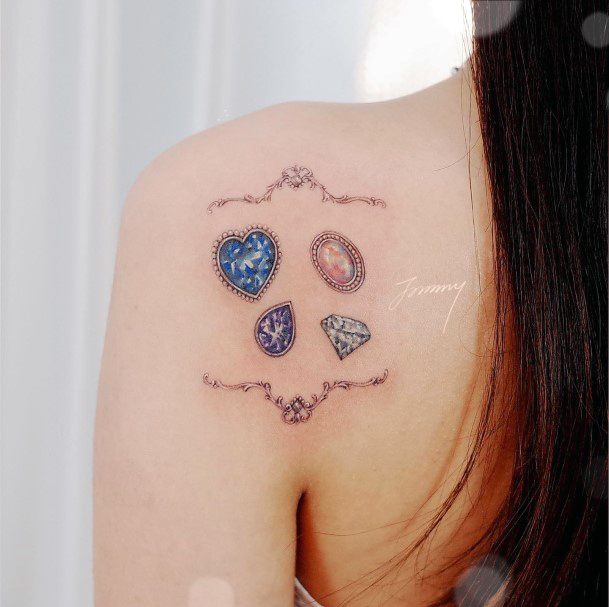

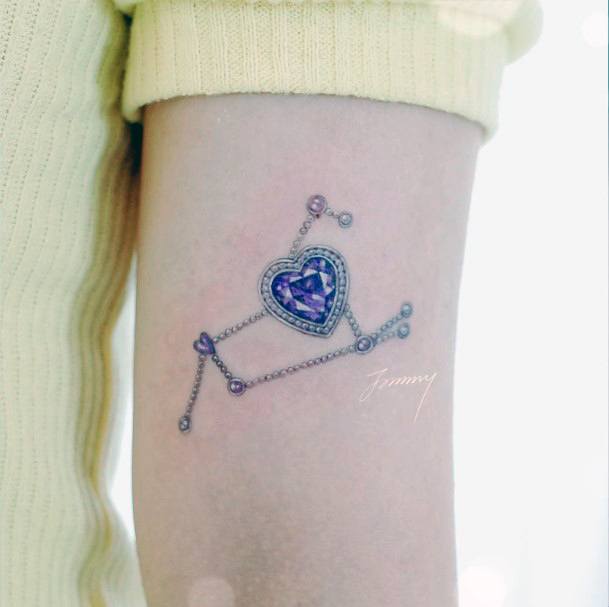
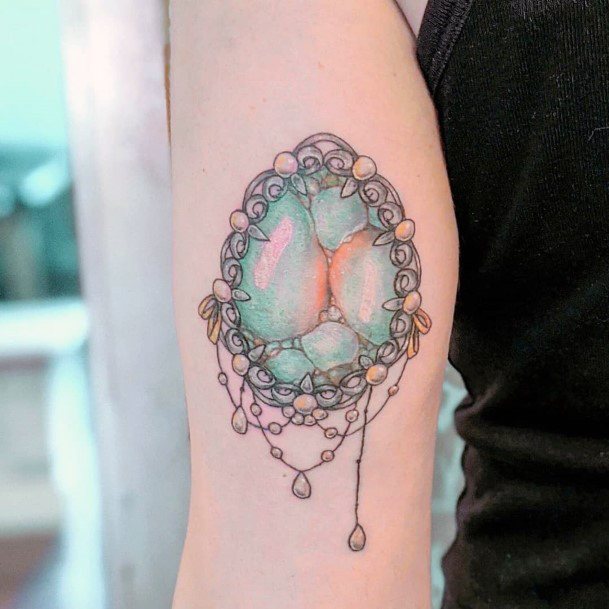
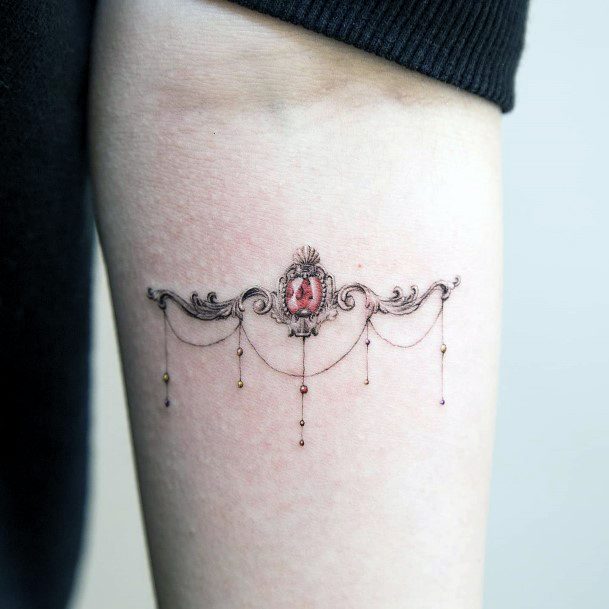
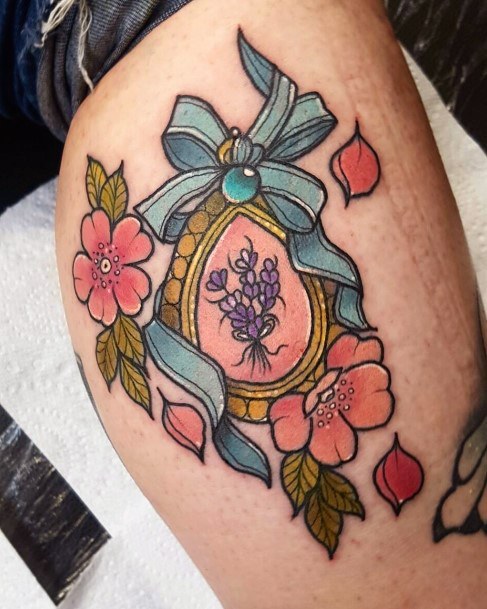
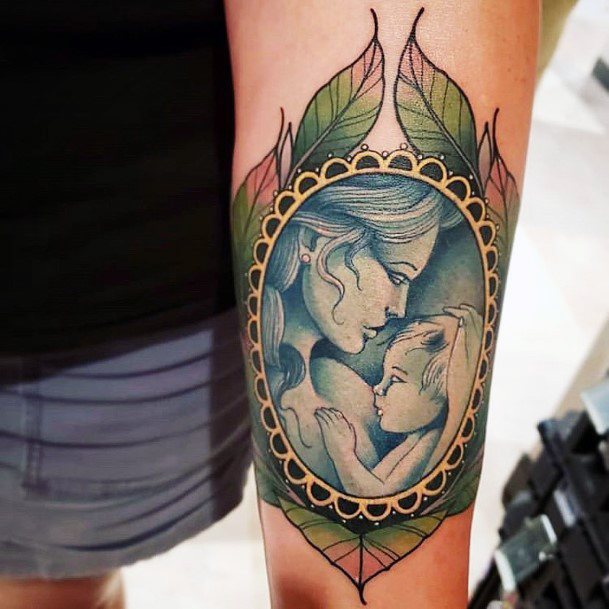
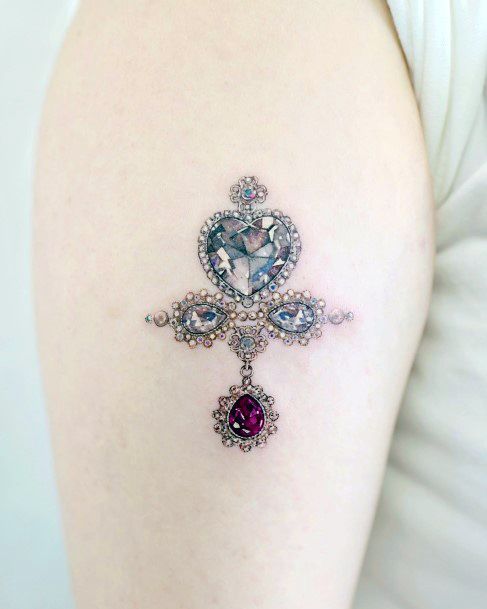
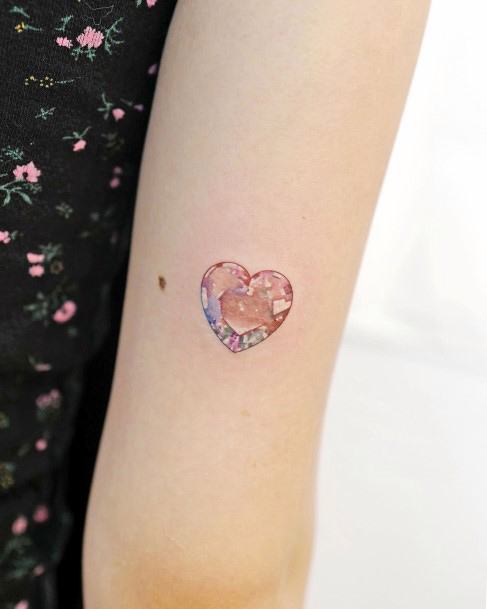

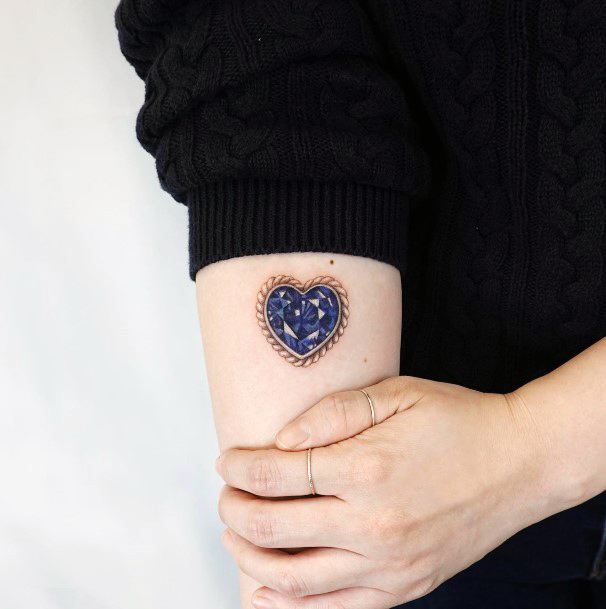
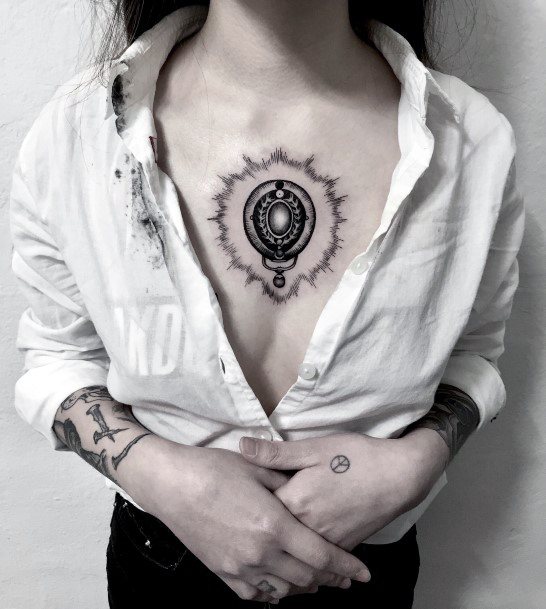
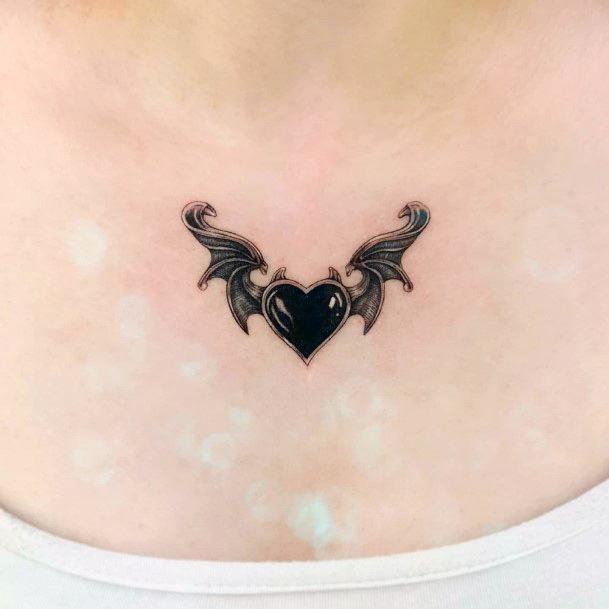
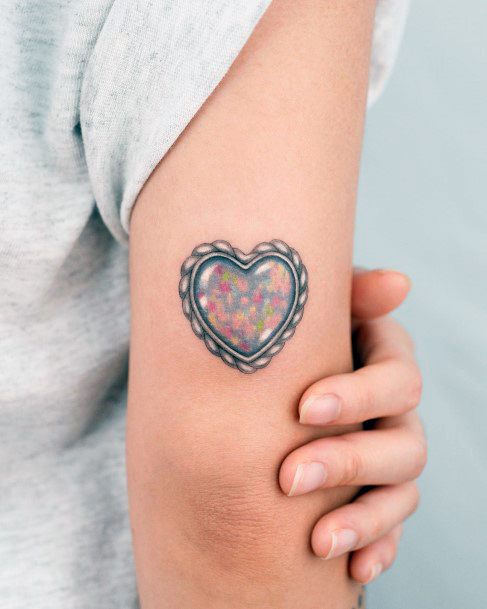
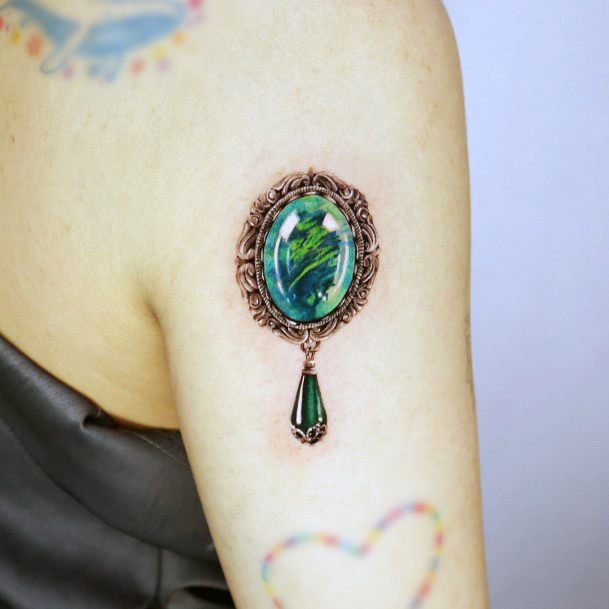
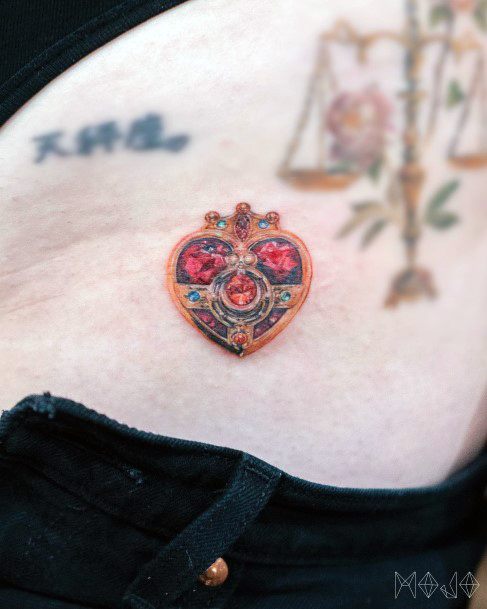
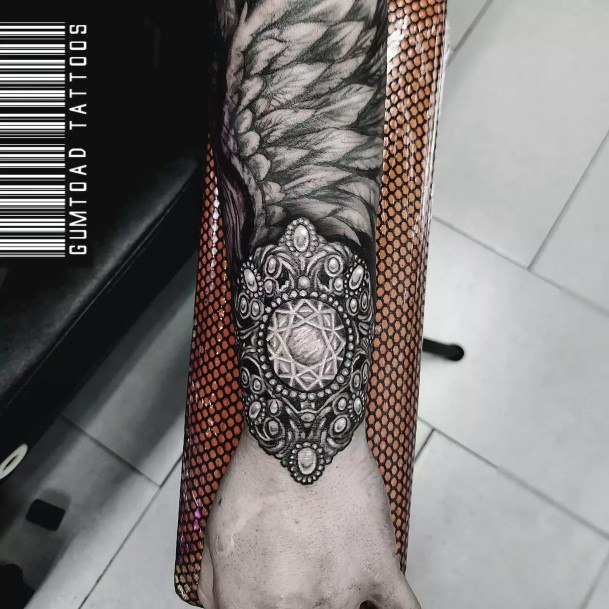

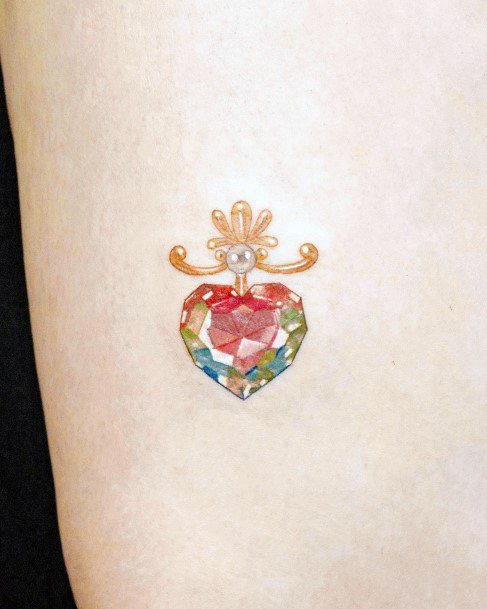
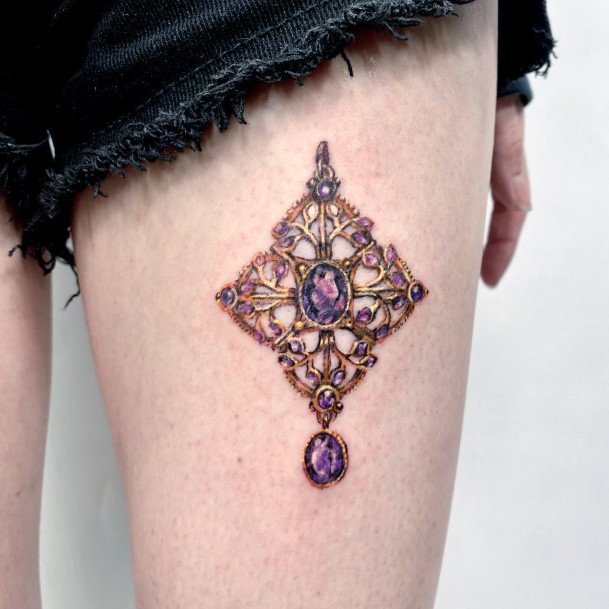

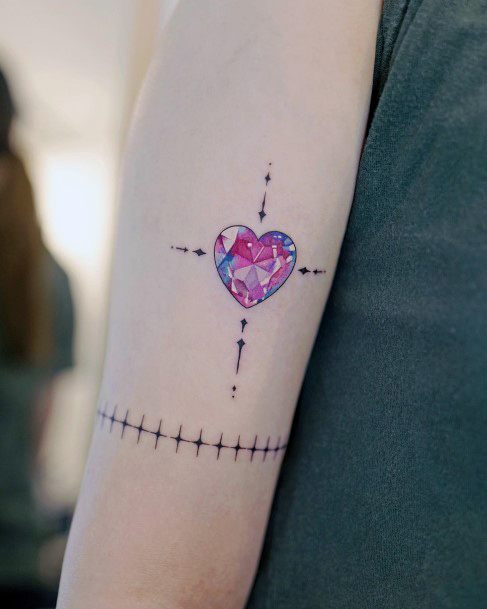
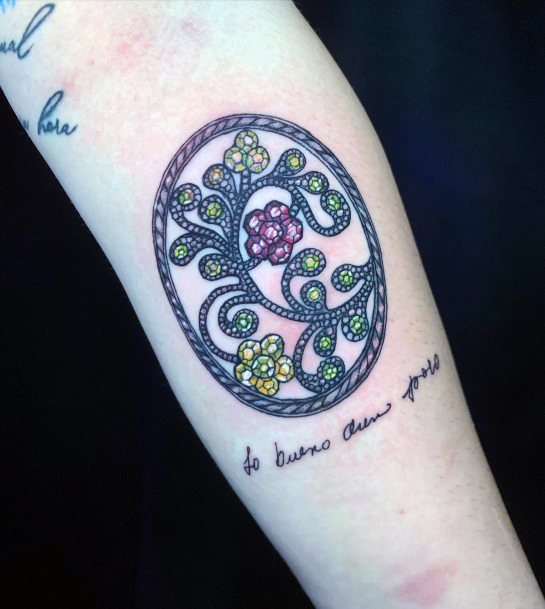

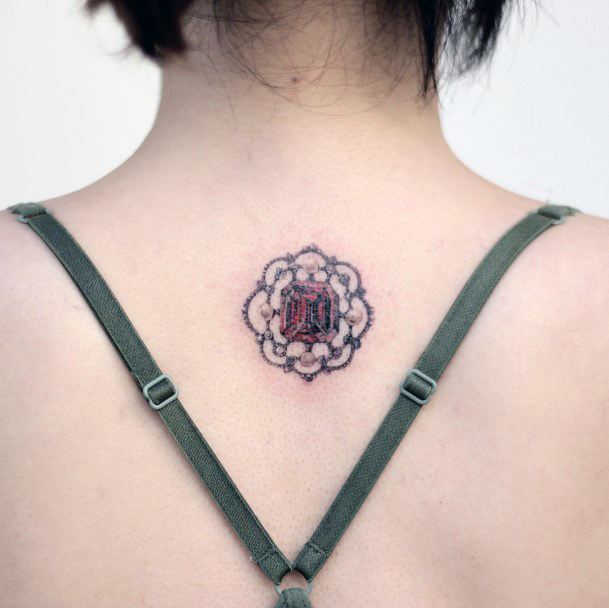
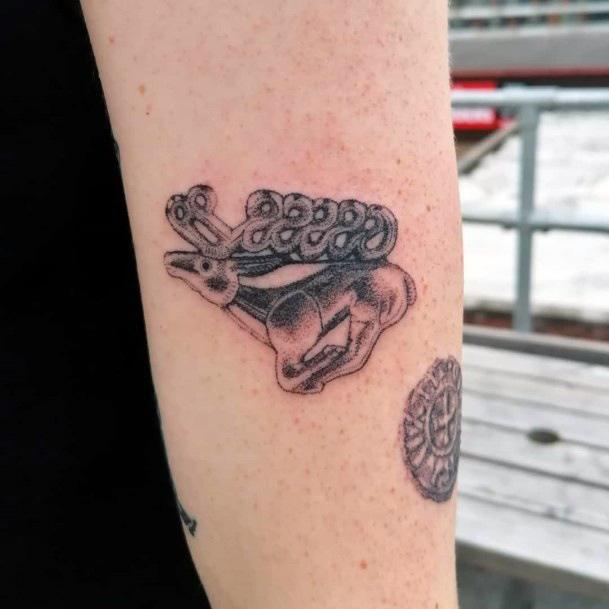
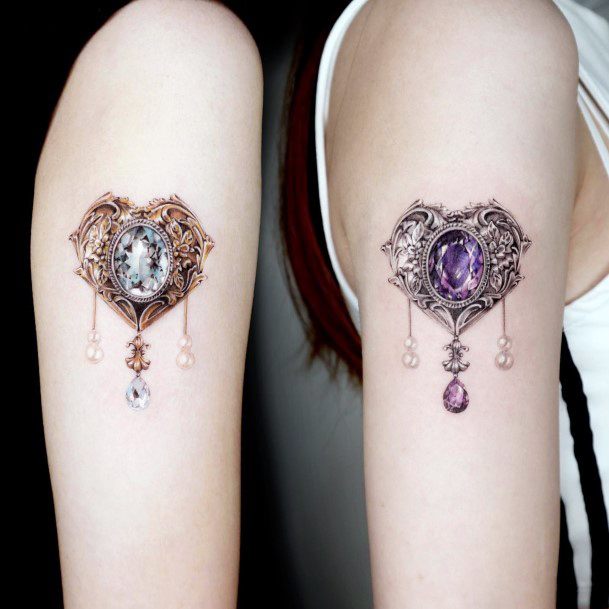
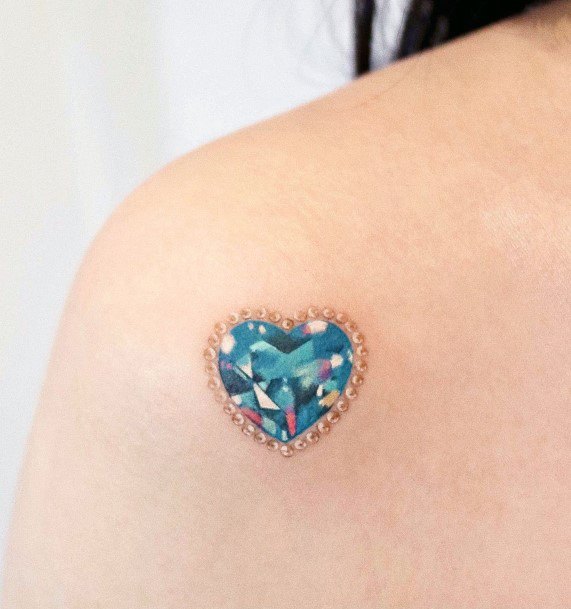
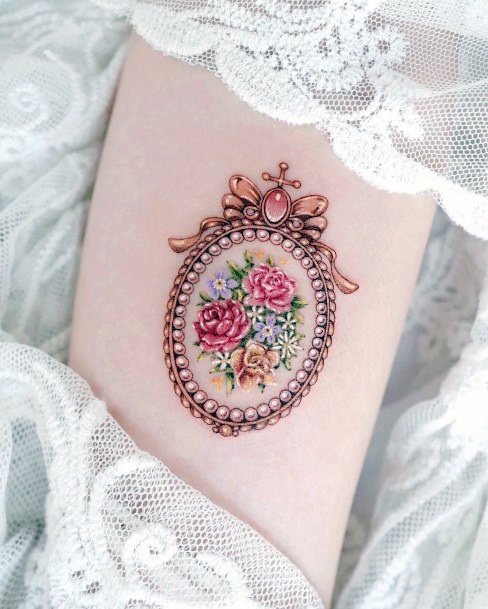
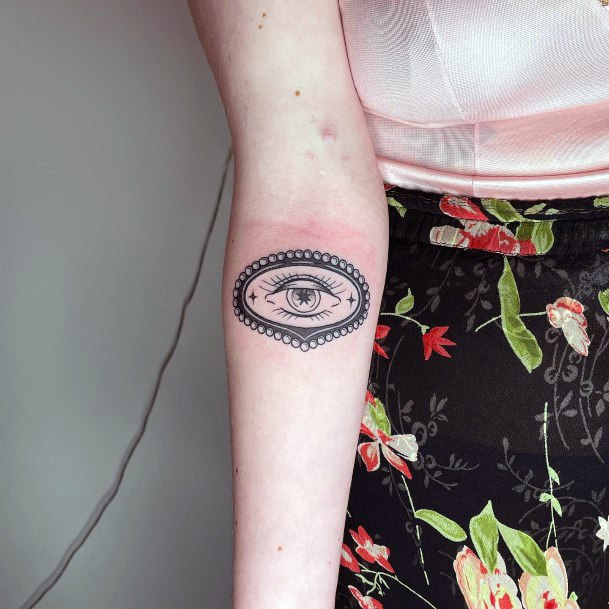
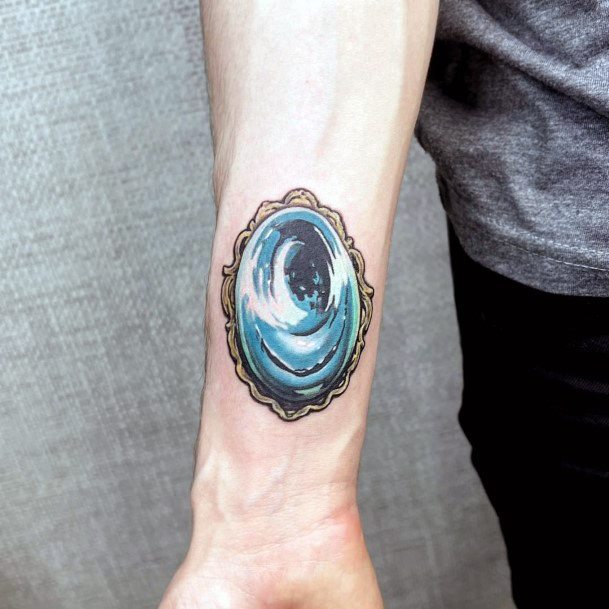

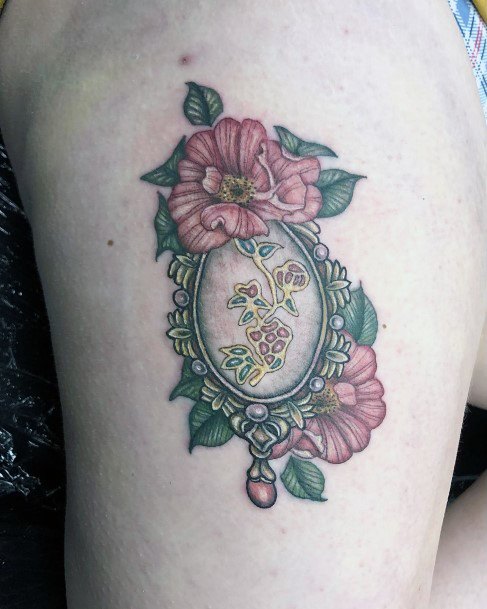
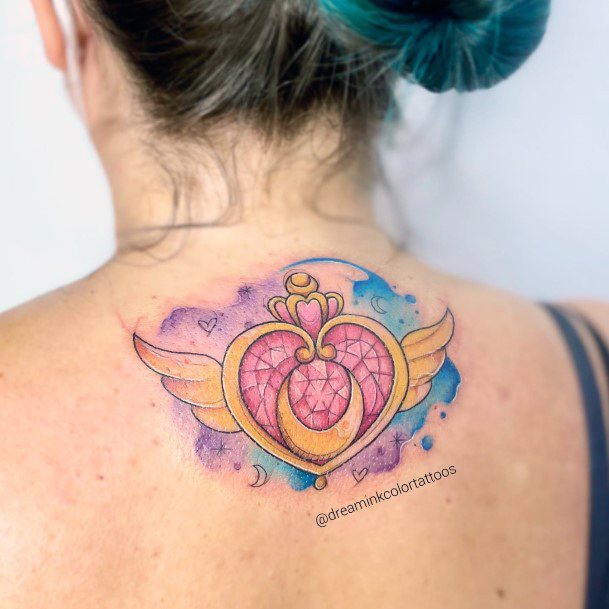
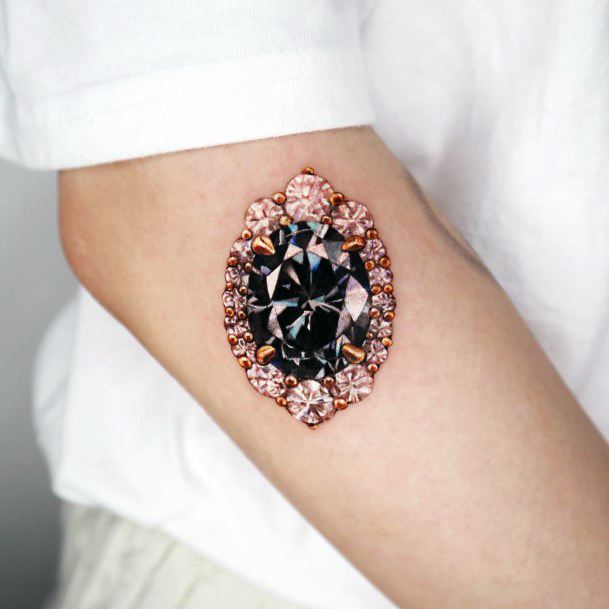
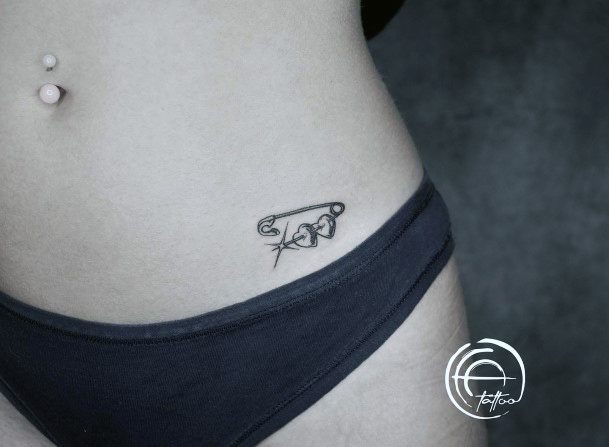

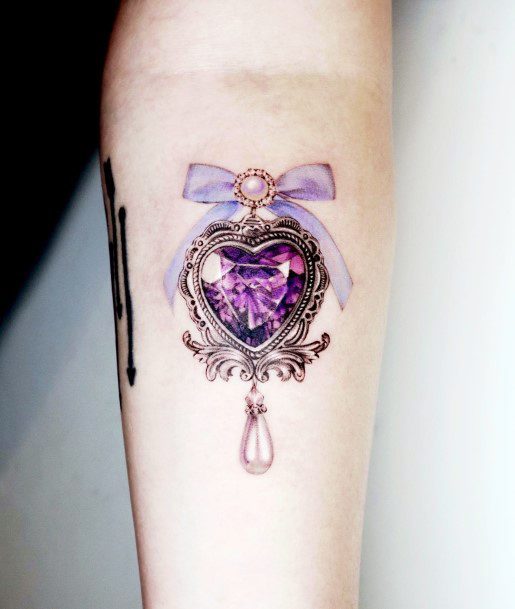
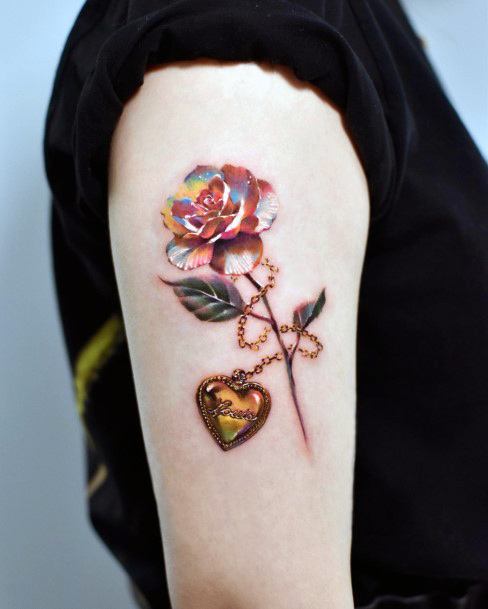
Brooch tattoo meanings and symbolism:
What do Brooch designs mean and symbolize?: The symbolism of a brooch design is one that has been around for centuries. It is a piece of jewelry that has been used to express a variety of meanings and emotions. From expressing love and devotion to conveying status and wealth, the brooch has been used to communicate a variety of messages throughout history.
The earliest known brooches date back to the Bronze Age, when they were used as a form of adornment. In ancient Greece, brooches were often used to signify rank and status. They were also used as a form of protection, as they were believed to ward off evil spirits. In the Middle Ages, brooches were often used as a symbol of loyalty and fidelity. They were also used to denote rank and social standing.
In the Victorian era, the brooch was seen as a symbol of love and devotion. It was often given as a token of love or friendship, or as a sign of commitment. The brooch was also seen as a symbol of wealth and status, with more elaborate designs being worn by those of higher social standing.
In modern times, a woman’s brooch is still seen as a symbol of love and devotion. It is often given as an engagement or wedding gift, or as a sign of commitment between two people. It can also be used to express feelings of friendship or loyalty. The brooch can also be used to convey status and wealth, with more elaborate designs being worn by those of higher social standing.
The symbolism of the brooch can vary depending on the design and materials used in its construction. For example, gold and silver are often seen as symbols of wealth and power, while pearls are seen as symbols of purity and innocence. Other materials such as gemstones can also be used to convey different meanings. For example, rubies are often seen as symbols of passion and love, while sapphires are seen as symbols of wisdom and loyalty.
The symbolism of the brooch can also vary depending on its shape and size. Smaller brooches are often seen as symbols of friendship or loyalty, while larger ones are seen as symbols of power and wealth. The shape can also be symbolic; for example, circular shapes are often seen as symbols of eternity or unity, while triangular shapes are seen as symbols of strength and protection.
No matter what the design or materials used in its construction, the symbolism behind the brooch remains strong throughout history. It is a timeless piece of jewelry that has been used to express a variety of meanings and emotions for centuries. Whether it is given as a token of love or friendship, or worn to convey status and wealth, the brooch will always remain an important symbol in our culture.
Famous brooch designs worth considering:
The Cartier Panther Brooch is one of the most iconic pieces of jewelry ever created. It was designed by the famous French jeweler Louis Cartier in 1914. The brooch features a panther with emerald eyes and diamond spots. It is made from 18-karat gold and is set with diamonds, rubies, sapphires, and emeralds. The Cartier Panther Brooch has been worn by many famous people including Queen Elizabeth II, Princess Diana, and Jacqueline Kennedy Onassis.
The Tiffany Dragonfly Brooch is another iconic piece of jewelry created by the famous jeweler Tiffany & Co. The brooch was designed in 1878 by Charles Lewis Tiffany and features a dragonfly with wings made from diamonds and rubies. The body of the dragonfly is made from gold and is set with sapphires and emeralds. This brooch has been worn by many famous people including Audrey Hepburn, Grace Kelly, and Elizabeth Taylor.
The Fabergé Imperial Egg Brooch is one of the most famous pieces of jewelry ever created. It was designed by the Russian jeweler Peter Carl Fabergé in 1885 for Tsar Alexander III as an Easter gift for his wife, Empress Maria Feodorovna. The brooch features an egg-shaped pendant made from gold and set with diamonds, rubies, sapphires, and emeralds. The Fabergé Imperial Egg Brooch has been worn by many famous people including Queen Elizabeth II, Princess Diana, and Jacqueline Kennedy Onassis.
The Van Cleef & Arpels Alhambra Brooch is another iconic piece of jewelry created by the famous French jewelers Van Cleef & Arpels in 1968. The brooch features a clover-shaped pendant made from gold and set with diamonds, rubies, sapphires, and emeralds. This brooch has been worn by many famous people including Queen Elizabeth II, Princess Diana, and Jacqueline Kennedy Onassis.
The Bulgari Serpenti Brooch is another iconic piece of jewelry created by the famous Italian jeweler Bulgari in 1940. The brooch features a snake-shaped pendant made from gold and set with diamonds, rubies, sapphires, and emeralds. This brooch has been worn by many famous people including Queen Elizabeth II, Princess Diana, and Jacqueline Kennedy Onassis.



